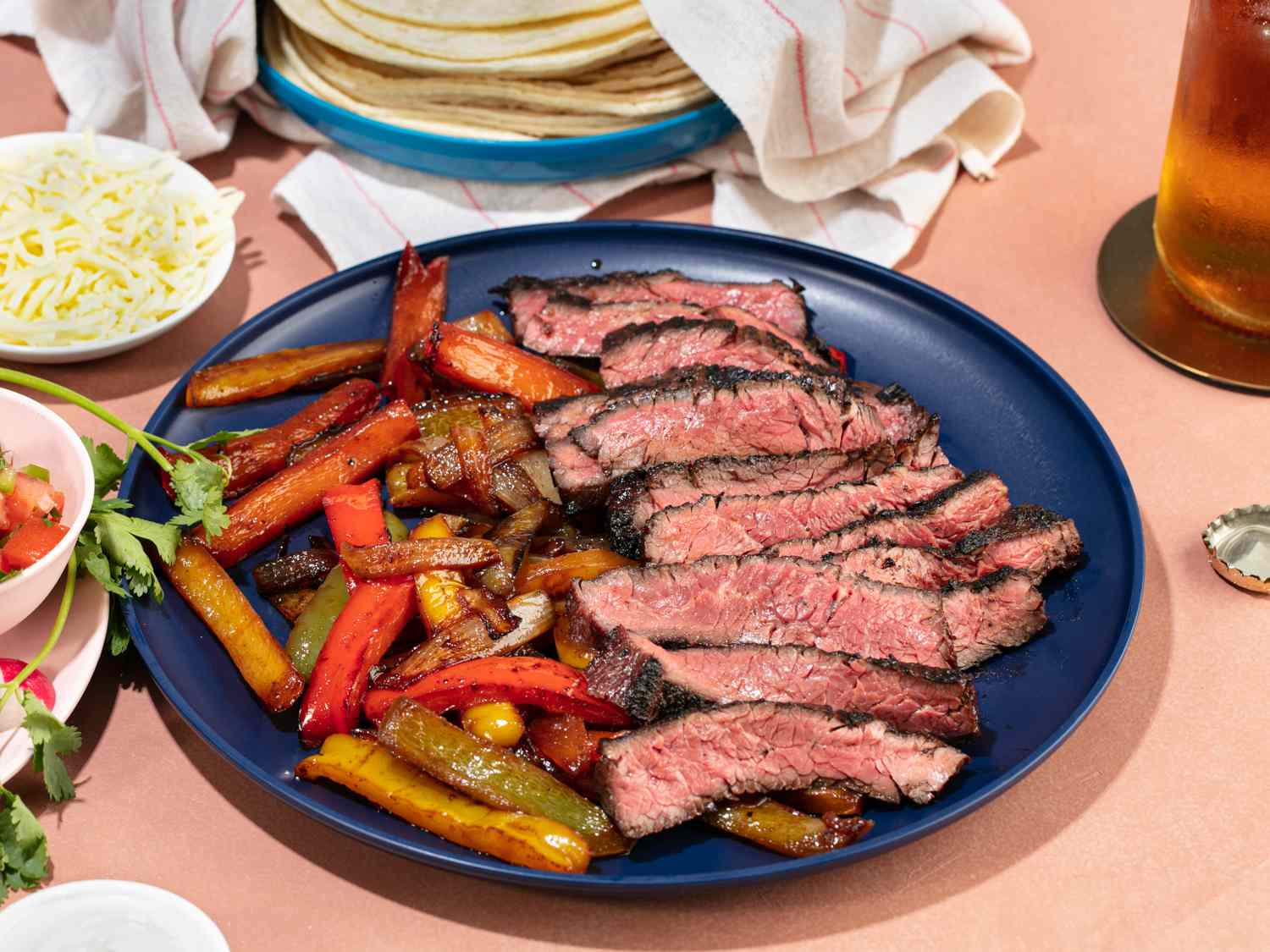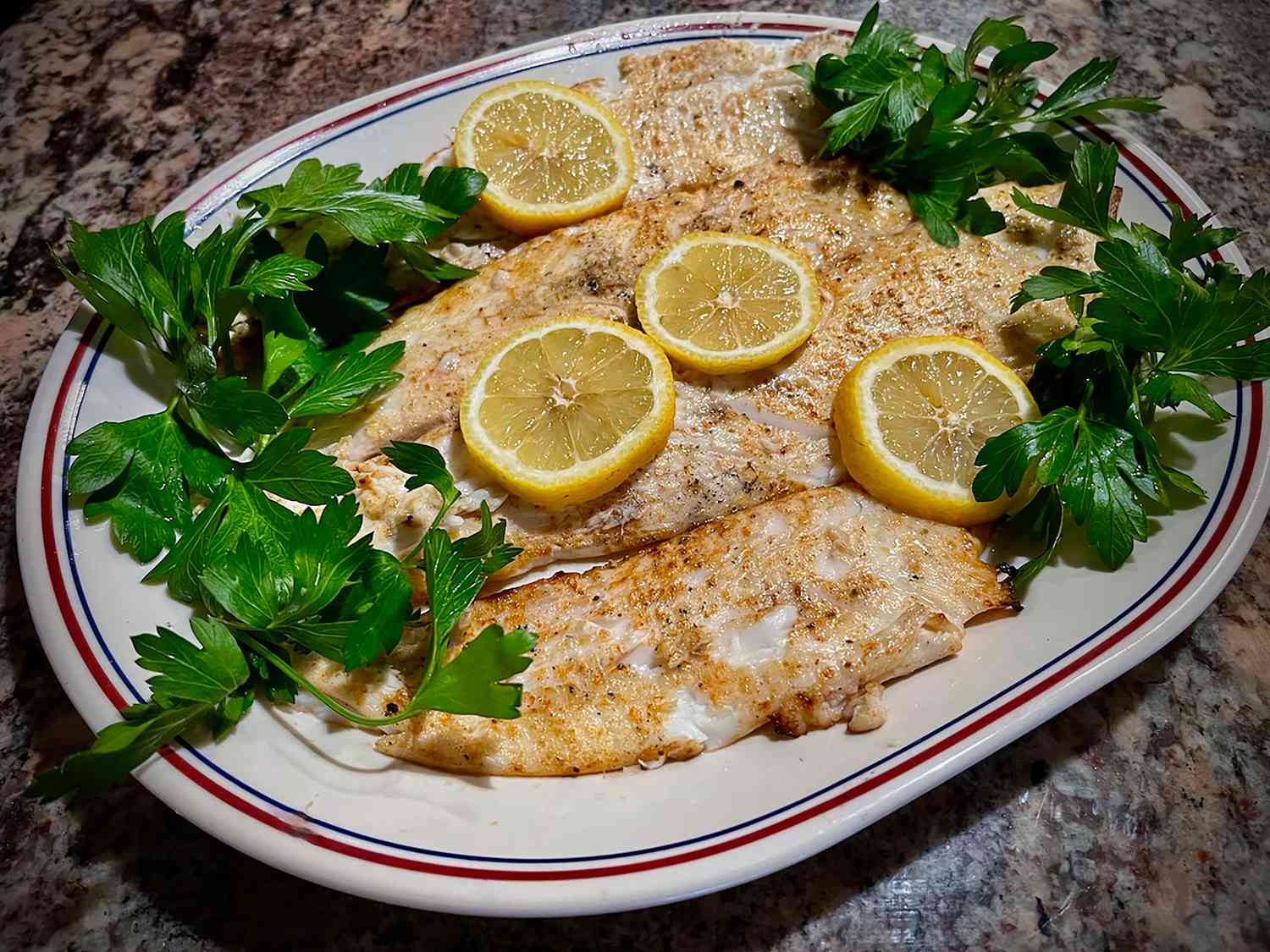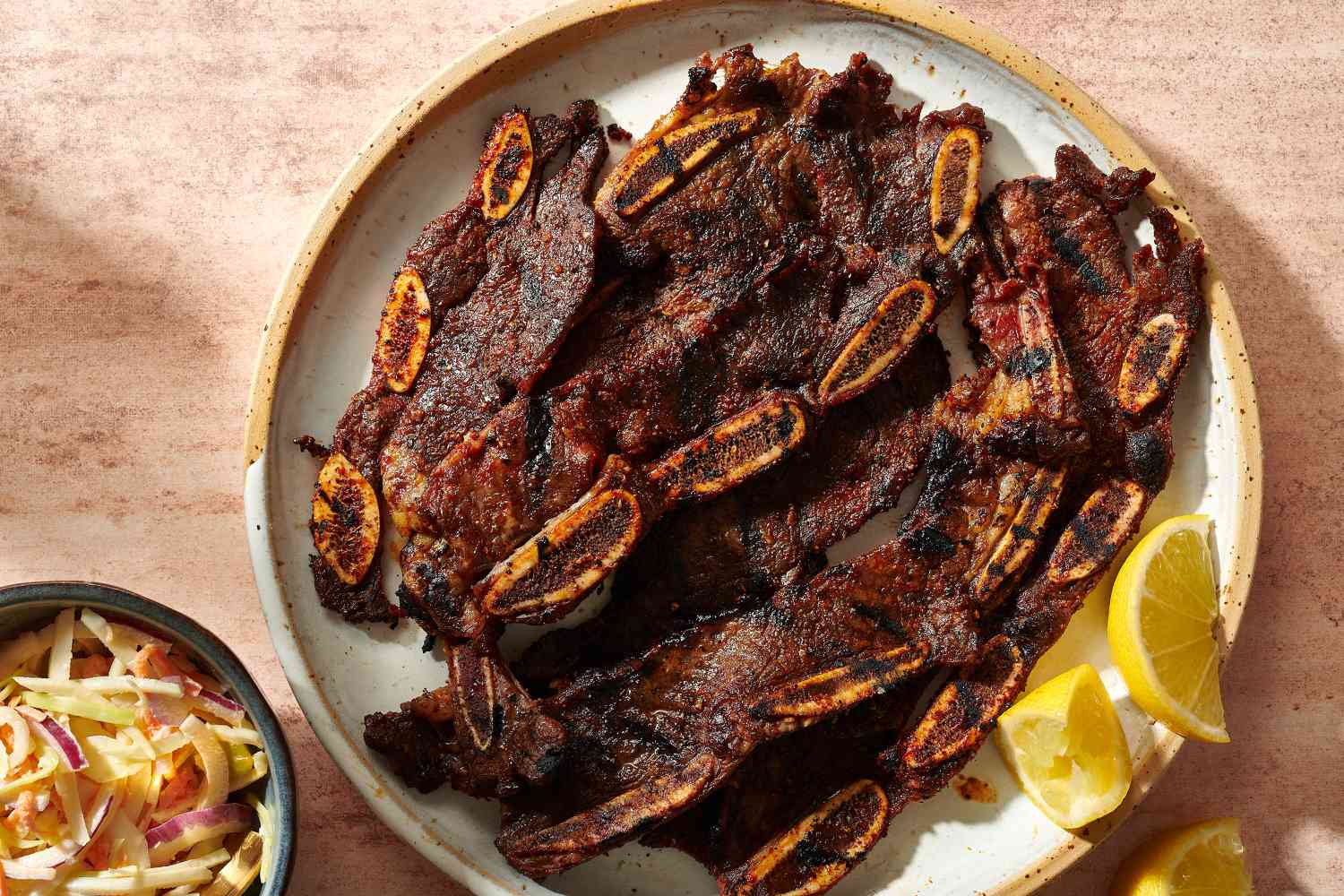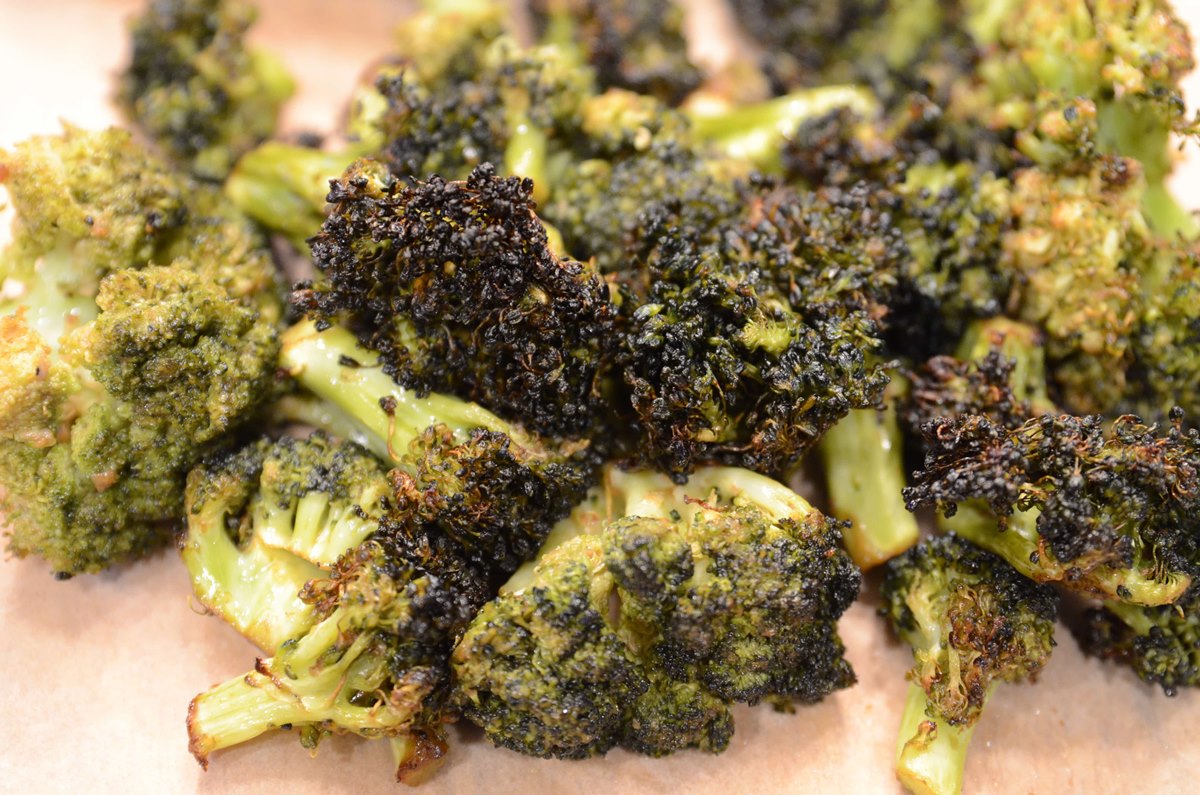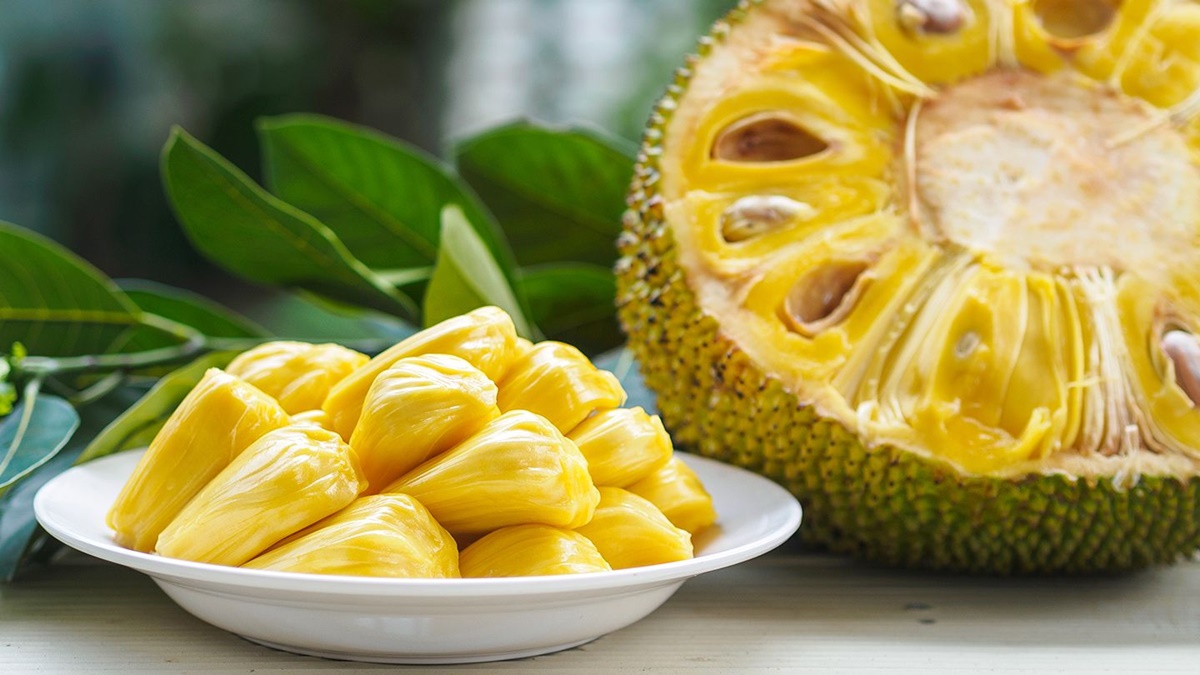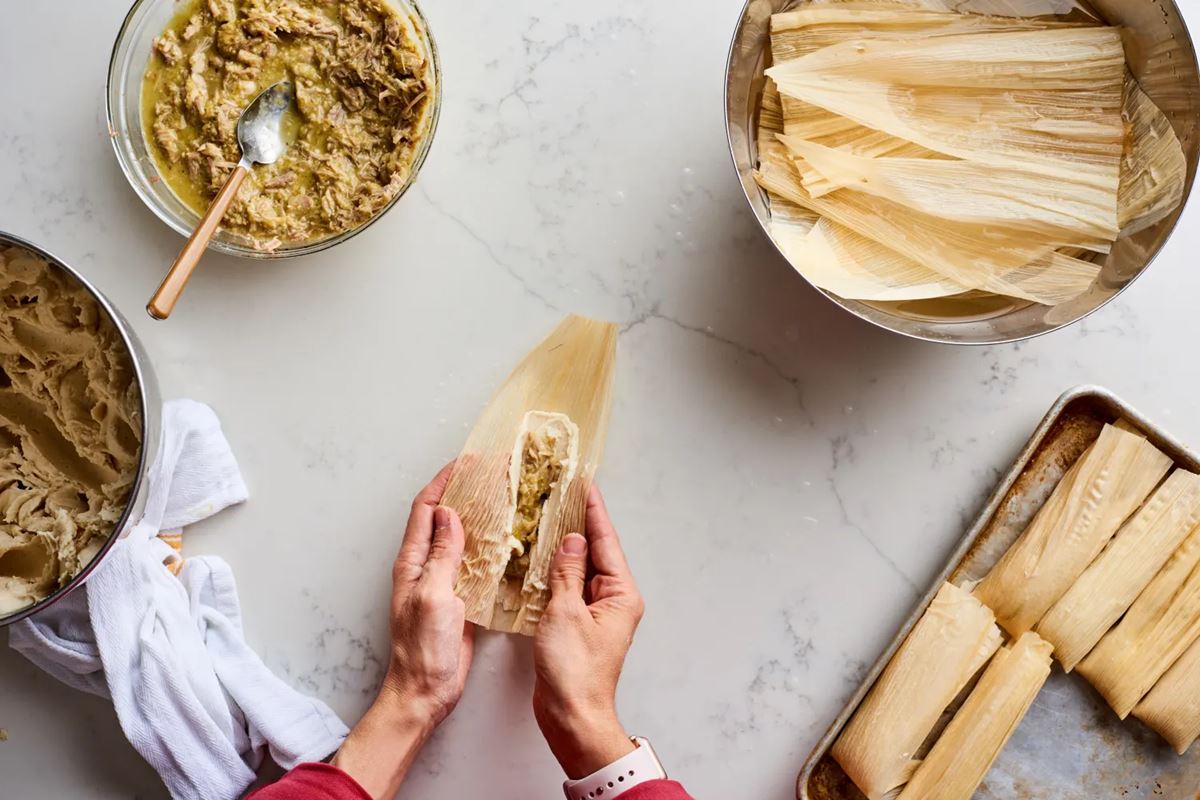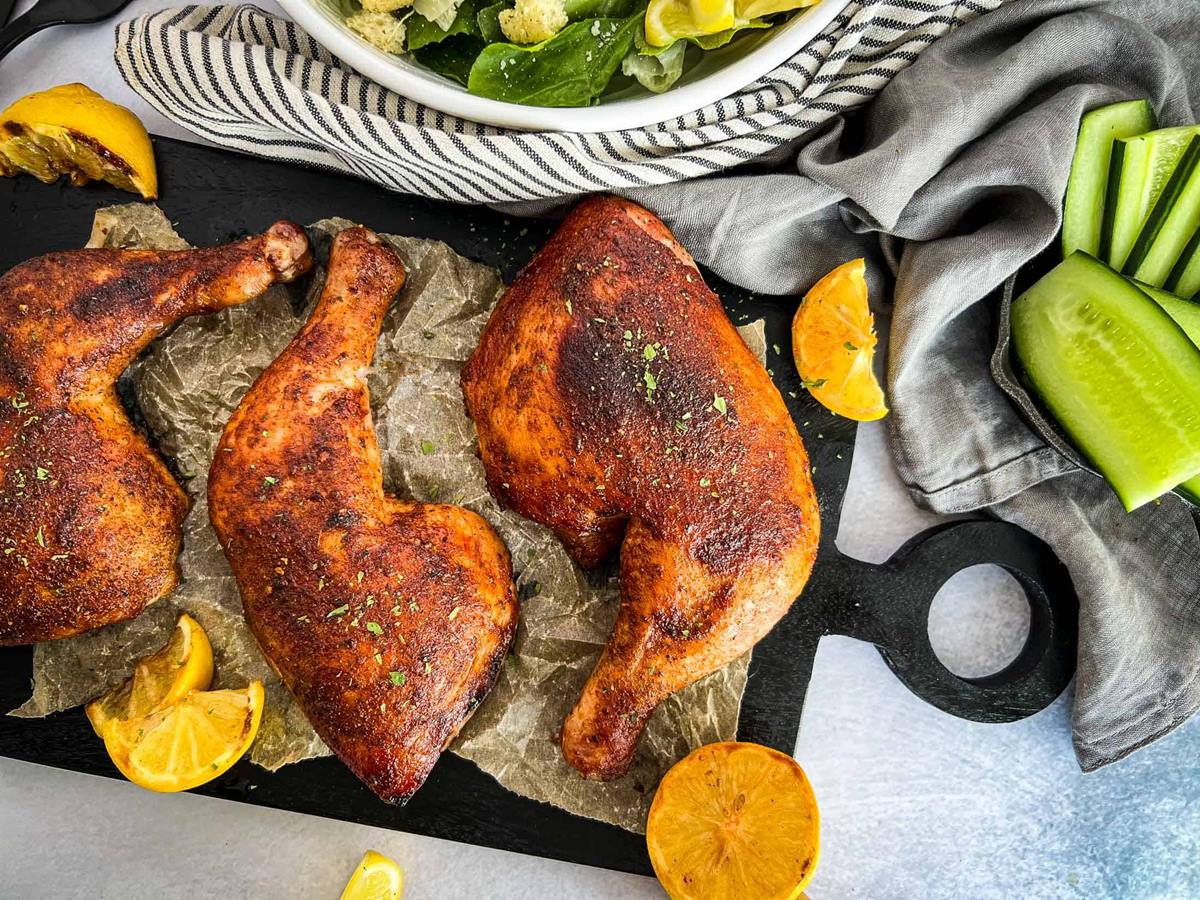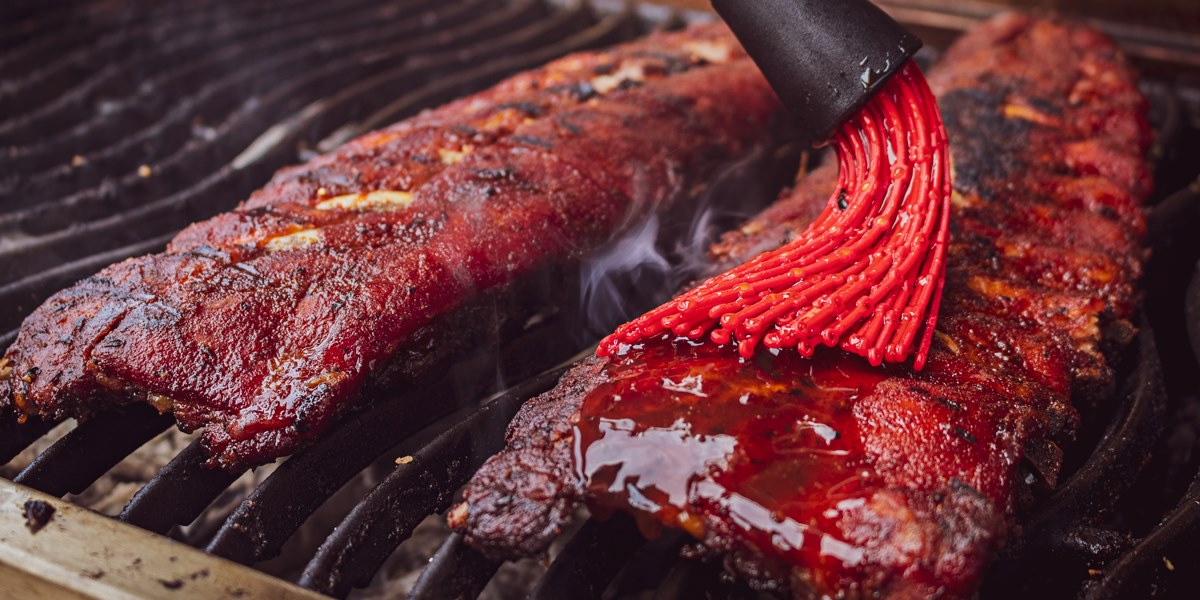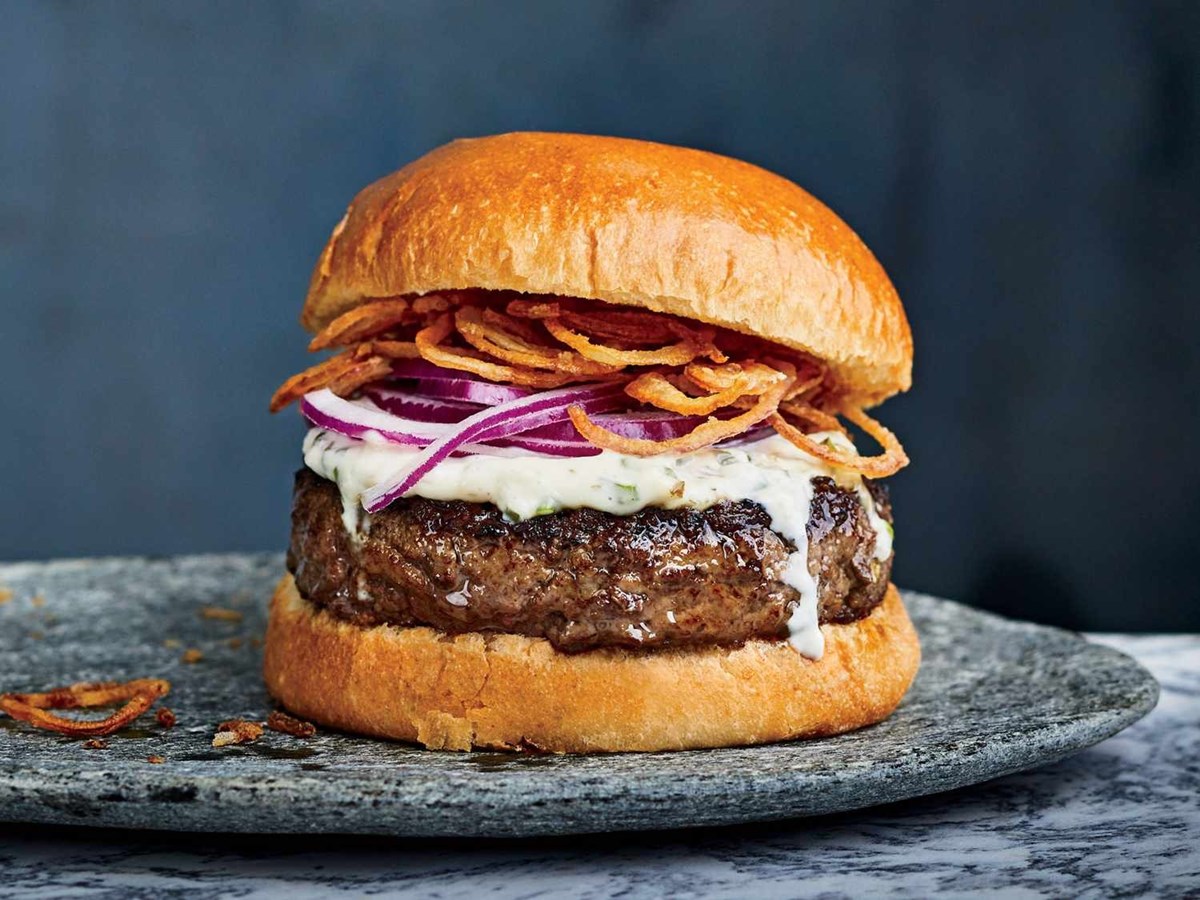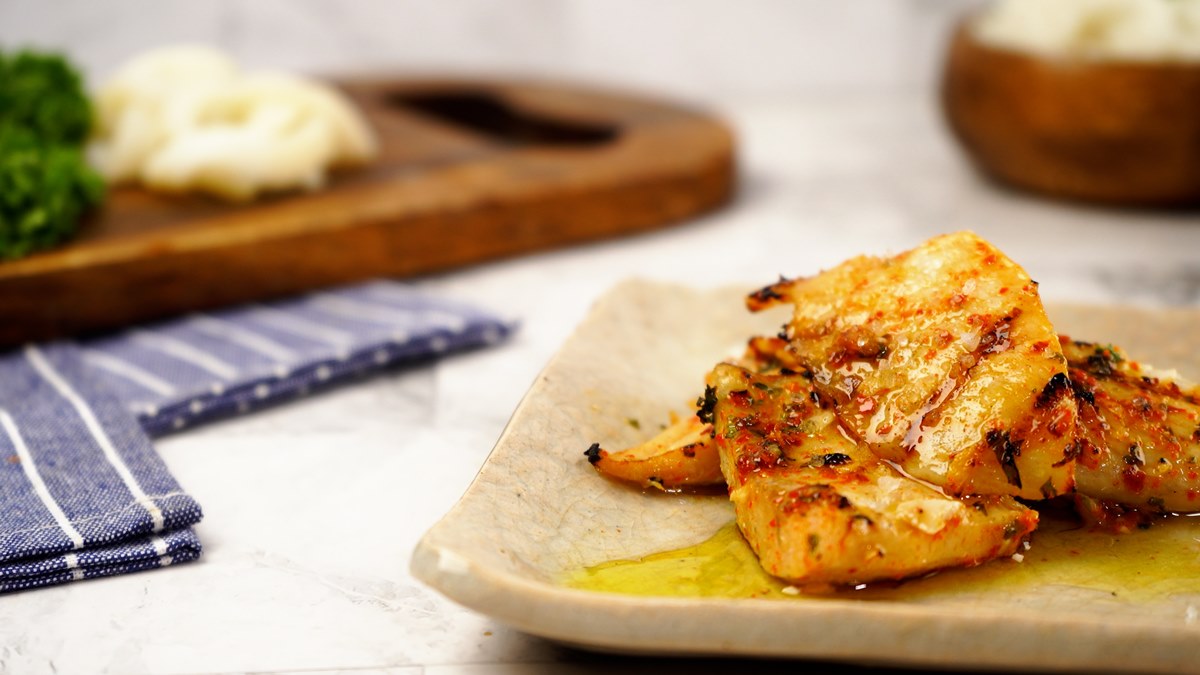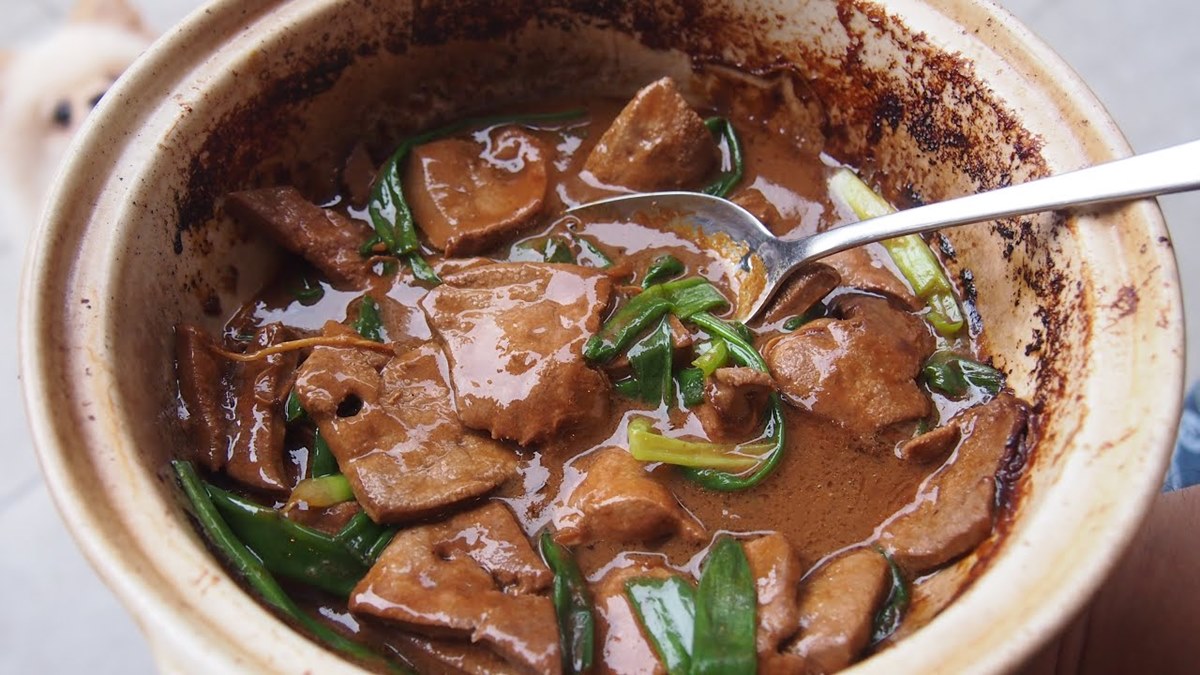Discover the Delicious Delights of Sea Robin: A Guide to Cooking this Underappreciated Delicacy
When it comes to seafood, we often find ourselves gravitating towards the familiar and popular options like salmon, shrimp, or tuna. However, amidst the vast ocean of culinary possibilities, there are hidden gems waiting to be explored. One such delight is the Sea Robin, a fish prized for its delicate flavor and textured meat. In this guide, we will embark on a journey to uncover the secrets of cooking this underappreciated delicacy.
Understanding the Sea Robin
The Sea Robin, also known as the gurnard, is a species of fish that inhabits the coastal waters of the Atlantic Ocean. It has a distinctive appearance with its vibrant reddish-brown color, large pectoral fins, and spiky head. While its unusual appearance might deter some, don’t let that fool you – Sea Robin is a true culinary delight.
Choosing and Preparing Sea Robin
When selecting Sea Robin, look for fresh fish with firm, glossy skin and clear eyes. The best way to prepare Sea Robin is by filleting it, removing the skin and bones to unveil the succulent flesh beneath. If you’re unsure of the filleting process, ask your local fishmonger for assistance.
- Begin by rinsing the fillets under cold water to remove any excess scales or debris.
- Pat the fillets dry with a paper towel and season them with salt and pepper or your preferred herbs and spices.
- For added flavor, marinate the fillets in a mixture of lemon juice, olive oil, and minced garlic for about 20 minutes.
Exploring Cooking Methods
Sea Robin’s meat is firm and slightly sweet, making it a versatile ingredient that can be cooked in various ways. Here are a few popular methods to try:
- Baking: Place the seasoned Sea Robin fillets on a greased baking dish and cook in a preheated oven at 375°F (190°C) for approximately 15-20 minutes. Serve with a side of roasted vegetables for a delightful and healthy meal.
- Poaching: Create a flavorful poaching liquid by combining broth, white wine, herbs, and aromatics. Gently simmer the Sea Robin fillets in the liquid until cooked through. This method preserves the delicate flavors of the fish.
- Grilling: Light up the grill for a smoky and charred twist to your Sea Robin. Brush the fillets with olive oil, sprinkle with your favorite spices, and grill for about 4-5 minutes per side. Serve with a squeeze of fresh lemon juice for a zesty burst of flavor.
Embrace the Sea Robin’s Flavor Pairings
Sea Robin pairs well with a range of flavors, allowing you to get creative in the kitchen. Enhance the delicate taste of Sea Robin with these complementary ingredients:
- Citrus: The bright acidity of lemon, lime, or orange cuts through the richness of Sea Robin, adding a fresh and tangy dimension to each bite.
- Herbs: Fresh herbs like thyme, parsley, and dill add an aromatic layer of complexity to Sea Robin. Sprinkle them generously before or after cooking for an herbal infusion.
- Butter: The velvety richness of melted butter is a classic accompaniment to Sea Robin, highlighting its natural flavors and adding a touch of indulgence.
- Garlic: Whether minced, roasted, or sautéed, garlic brings its distinct pungency to the table, harmonizing beautifully with Sea Robin’s taste.
Time to Dive into Sea Robin Cuisine
Now armed with the knowledge of selecting, preparing, and cooking Sea Robin, it’s time to unleash your culinary creativity. Don’t hesitate to experiment with different flavors and techniques, as Sea Robin’s versatile nature will reward your adventurous spirit. Step out of the comfort zone and indulge in the delicious possibilities of this underappreciated seafood gem.
Remember, the world of seafood is vast and varied, dotted with treasures like the Sea Robin waiting to be discovered. So, why not embark on a culinary adventure and let the unique flavors and textures of this extraordinary fish delight your taste buds?
For those eager to experiment with Sea Robin, the recipes in the guide offer a variety of delicious options. Start with the Sea Robin Fish Tacos with Citrus Slaw, which combines the fresh flavors of citrus with the crunchy texture of slaw for a perfect summer meal. If you're in the mood for something comforting yet elegant, try the Sea Robin Poached in White Wine and Herbs; its delicate flavors are sure to impress. For a twist on a classic, the Crispy Sea Robin Fish and Chips is a must-try, offering a delightful crunch with every bite. Feeling adventurous? The Sea Robin Ceviche with Lime and Cilantro provides a zesty kick that's both refreshing and satisfying. Lastly, for a sophisticated dish, the Sea Robin En Papillote with Fresh Herbs ensures the fish remains moist and infused with aromatic herbs. These recipes not only highlight the versatility of Sea Robin but also promise to bring a new culinary experience to your table.
Was this page helpful?
Read Next: How To Cook Noodles In Air Fryer
